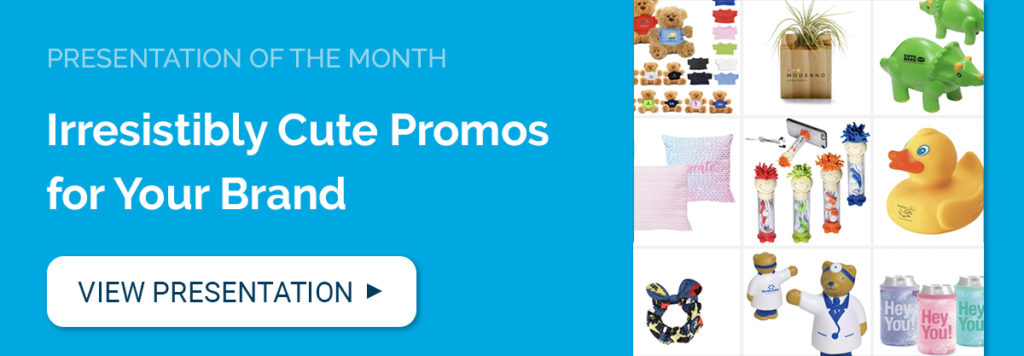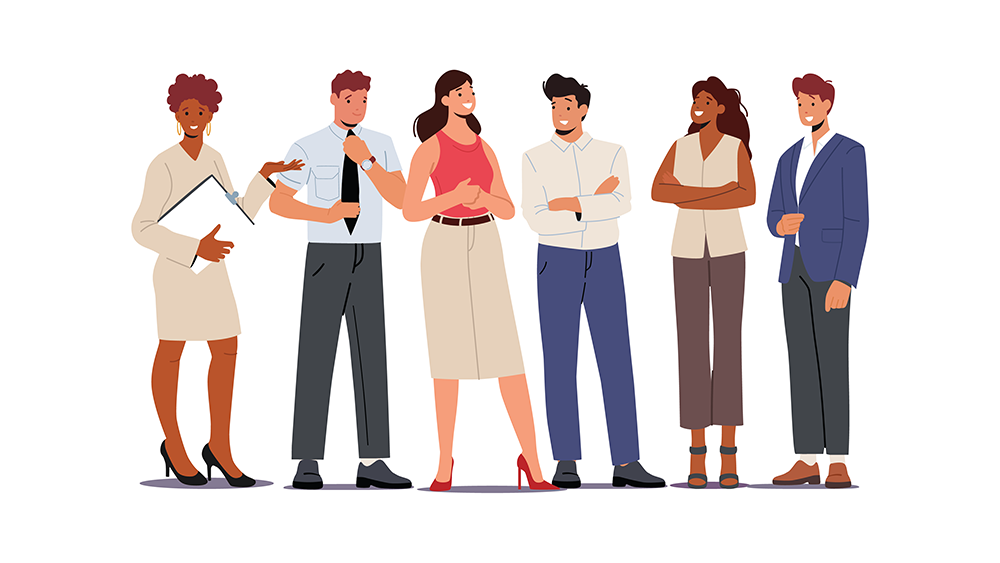Puppies, kittens, babies, etc. There are universal things that the average person considers adorable. And, it turns out, humans are hard-wired to be drawn to certain traits.

What makes us go, “awww!”?
Scientific studies beginning in 1984 show that the more something looks like a stereotypically human baby, the more we will want to protect it. This phenomenon is called baby schema (kindchenschema). Some basic traits involved with baby schema are:
- Big heads (in proportion to their bodies)
- Soft, rounded features
- Youthful characteristics
To give ourselves an evolutionary advantage as a species, we are programmed to keep our offspring safe and well-fed. Thus, our brains associate these elements with cues for a nurturing instinct. In a fMRI (functional magnetic resonance imaging), these same features activated the nucleus accumbens, the area of the brain that works with motivation and reward.

Can promo items be cute?
From baby schema, we can predict traits of inanimate objects that would activate baby schema in our brains and elicit a “cuteness” response.
- Small or miniature
- Rounded features
- Bright, youthful colors
Looking for a cute product to represent your brand? We polled our team for their top “cutest” items. Check them out by clicking below!
Sources:
ZME Science
Popsci.com






